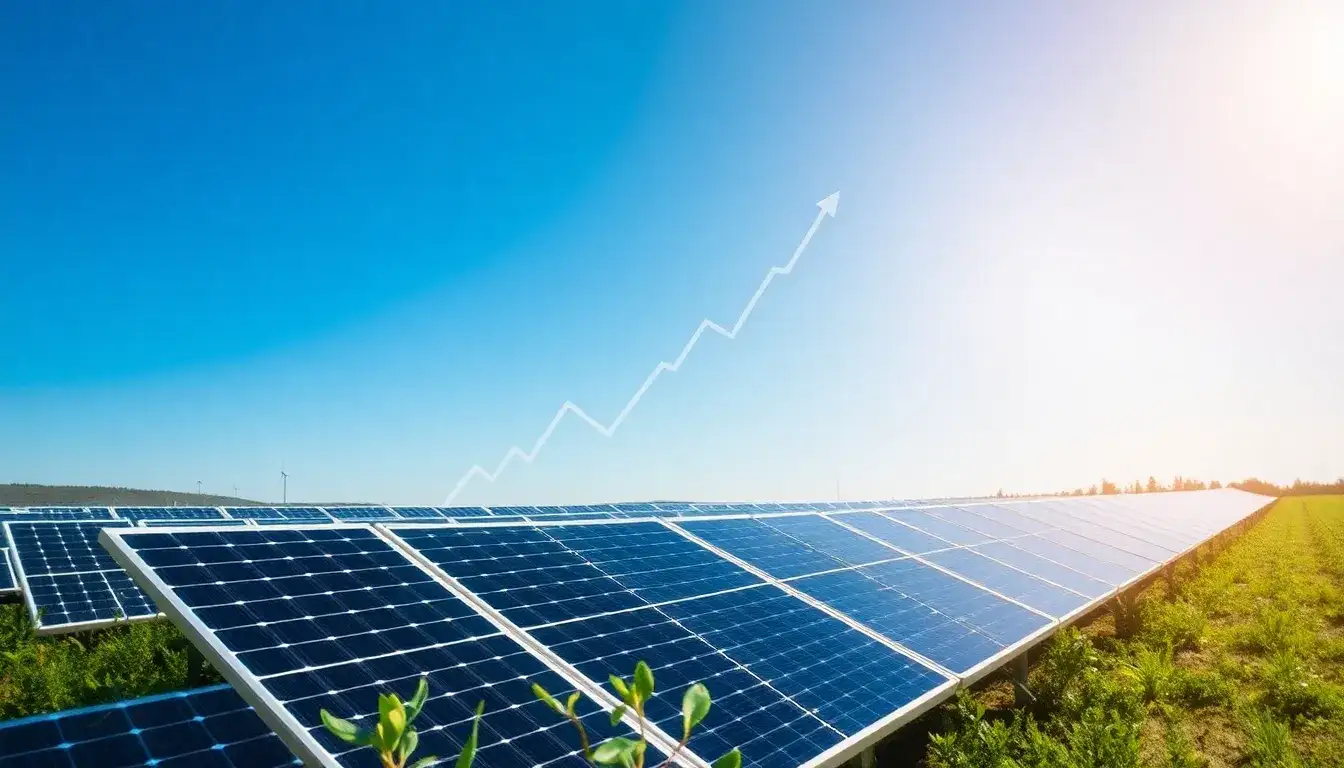
Photovoltaic Module Prices – The Polar Star Solar Photovoltaic Network provides you with information related to photovoltaic module prices, helping you quickly stay updated on the latest trends in this area. For more information about photovoltaic module prices, please follow the Polar Star Solar Photovoltaic Network. Currently, there are approximately 7,250 relevant results regarding photovoltaic module prices.
End of Installation Rush – A Price Turning Point in the Photovoltaic Industry (April 3, 2025) – On April 3, TrendForce released the latest pricing data for the photovoltaic industry chain. This week, the mainstream transaction price for n-type silicon material was 41 yuan/kg, while the mainstream transaction price for n-type dense material was 40 yuan/kg. The mainstream transaction price for n-type granular silicon was 38 yuan/kg.
Other updates from TrendForce on April 3 include that Brazil’s photovoltaic installed capacity has surpassed 55GW, with distributed generation accounting for over 70%. Ronald Koloszuk, President of Absolar, noted that the decline in photovoltaic module prices benefits the Brazilian market’s solar adoption. However, the large supply of low-priced modules from Chinese companies may pose challenges for local manufacturers.
Recent Developments – On March 26, Tongwei was awarded the first batch of photovoltaic module procurement orders from Guohua Investment for 2025. The results from the public tender held on March 21 revealed that Tongwei Co., Ltd. won the bid with a price of 40,978,119.879 yuan, resulting in a unit price of 0.699 yuan/watt. The project involves supplying n-type bifacial double-glass photovoltaic modules with a capacity of no less than 586.24MWp for four photovoltaic projects. Supply is expected to start one month after the contract is signed, with all deliveries completed by December 31, 2025.
On March 24, a Zhejiang-based photovoltaic company, Xinzi Photovoltaic, submitted an IPO application to go public in the United States. Established in 2016, the company specializes in the R&D, production, and sales of encapsulation films for solar photovoltaic modules, including transparent EVA, white EVA, POE, and EPE. These materials play a crucial role in the encapsulation of solar panels, directly influencing the durability and efficiency of the modules.
Market Competition – In March 2023, major appliance manufacturers, including Konka and Shenggao Energy Technology, entered the distributed solar storage market. They plan to establish production bases for 2GW of photovoltaic modules, 2GWh of energy storage products, and 1GW of inverters in locations such as Shangrao and Xinchang. However, as these appliance giants were gaining momentum, the situation reversed in the second half of 2023, with prices in the photovoltaic industry hitting new lows. Module prices plummeted from 2 yuan/watt in 2022 to less than 0.7 yuan/watt in 2024, placing immense operational pressure on companies.
Quality Control Issues – Recently, Trina Solar and Aiko Solar issued statements regarding counterfeit products. The industry has entered a countdown to installation, resulting in rising prices for photovoltaic modules, with some insiders citing disputes between companies over quality control issues.
On March 20, China’s new pricing policy for grid electricity was implemented, impacting the photovoltaic market. Demand for modules may differ between the first and second halves of the year. Nevertheless, midday peak solar generation could lead to an oversupply of electricity, lowering sales prices while nighttime demand could increase prices due to the lack of generation.
Market Trends – As of March 18, TCL Solar reported that the number of Chinese photovoltaic export markets exceeding 1GW increased from 29 in 2023 to 38 in 2024. The distributed solar market, particularly in China, has grown significantly since 2017, contributing substantially to the industry.
On March 18, it was highlighted that offshore photovoltaic projects face unique cost control challenges compared to traditional land-based projects. In previous “desert” photovoltaic projects, module costs accounted for 40%-60% of total expenses, but this proportion has decreased with price reductions.
Analysts indicated that the recent surge in photovoltaic product demand due to policy-driven installations will temporarily raise prices, particularly for components sourced from distributed generation stations.
Quality concerns have also been raised, with reports of safety issues such as cracked modules and improper mounting materials leading to potential hazards. The Yulin City Development and Reform Commission issued reminders regarding risks associated with distributed photovoltaic projects, emphasizing the need for thorough safety assessments in design and installation.
Industry Challenges – By March 11, Jineng Holdings secured a procurement order for 6GW of components in the Jinbei coal mining subsidence area, with a bid price of 0.72 yuan/watt. This project involves purchasing bifacial double-glass modules. Additionally, a query regarding whether projects should be re-registered due to a price drop exceeding 20% was raised, reflecting the ongoing fluctuations in the market.
As the market continues to evolve, the photovoltaic industry faces significant challenges, including price competition and quality control. Stakeholders are encouraged to adapt to these changes to maintain growth and sustainability in the sector.







